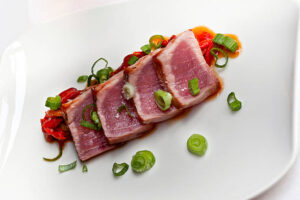
Jumbo lobster tails are the epitome of oceanic luxury, promising succulent, sweet meat that’s a gourmet delight. Cooking these colossal crustacean tails may seem intimidating, but fear not. In this guide, we’ll uncover the secrets to preparing restaurant-worthy lobster tails in your own kitchen.
Selecting the Perfect Lobster Tails
Before diving into cooking techniques, it’s crucial to start with the right lobster tails. Here’s what to look for:
1. Size Matters: Opt for jumbo lobster tails, typically 8-12 ounces, ensuring ample meat for your dish.
2. Freshness is Key: Seek out fresh or frozen lobster tails, as quality is paramount for flavor.
3. Shell Color: Vibrant red shells are a sign of a well-fed lobster, indicating delicious, tender meat.
4. Avoid Preservatives: If buying frozen, select tails without additives or preservatives for pure lobster flavor.
Cooking Methods
There are various ways to cook jumbo lobster tails, each offering a unique flavor and texture profile. Let’s explore the top methods:
1. Broiling
- Prep: Split the tails in half lengthwise and season with butter, herbs, and spices.
- Technique: Place tails on a broiler pan and cook under high heat for 7-10 minutes.
- Result: Crispy, golden tops with tender, succulent meat.
2. Grilling
- Prep: Split the tails, brush with garlic butter, and grill shell-side down for 5-7 minutes.
- Technique: Grill over medium-high heat, achieving smoky, charred flavors.
- Result: A delightful smokiness that enhances lobster’s natural sweetness.
3. Baking
- Prep: Butterfly the tails, season with breadcrumbs, garlic, and Parmesan.
- Technique: Bake in a preheated oven at 425°F for 12-15 minutes.
- Result: A delectable, cheesy crust atop tender lobster meat.
4. Steaming
- Prep: Place split tails on a steaming rack, drizzle with lemon juice, and steam for 8-10 minutes.
- Technique: Steaming preserves lobster’s delicate taste and tenderness.
- Result: Moist, succulent lobster tails with a clean, natural flavor.
5. Sous Vide
- Prep: Vacuum-seal lobster tails with butter, herbs, and spices.
- Technique: Sous vide at 135°F for 30-45 minutes for precise doneness.
- Result: Perfectly cooked lobster, evenly tender from edge to center.
Serving Suggestions
Enhance your lobster tail experience with these serving ideas:
1. Classic Butter Dipping Sauce
- Melted butter with garlic, lemon, and fresh herbs elevates lobster’s natural sweetness.
2. Citrus and Herb Relish
- A zesty blend of citrus segments, fresh herbs, and olive oil adds vibrancy to your dish.
3. Creamy Lobster Risotto
- Pair lobster tails with a rich, creamy risotto for a decadent, restaurant-quality meal.
4. Lobster Tail Tacos
- Create a fusion dish by serving lobster tails in soft tortillas with avocado, salsa, and lime crema.
5. Lobster Tail Scampi
- Sauté lobster tails in garlic, white wine, and butter for a delectable scampi-style preparation.
Cooking jumbo lobster tails is an art that can turn any meal into a special occasion. Whether you prefer the smokiness of grilling, the elegance of baking, or the precision of sous vide, the key lies in selecting quality lobster tails and choosing the method that suits your taste. With the right techniques and a bit of culinary flair, you can savor the taste of luxury right at home. Bon appétit!



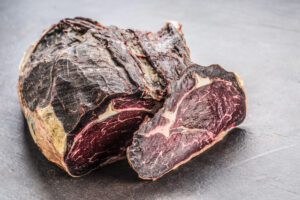
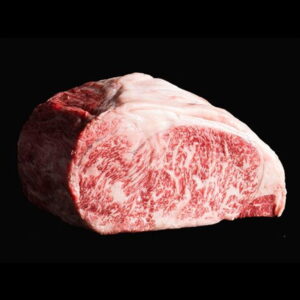
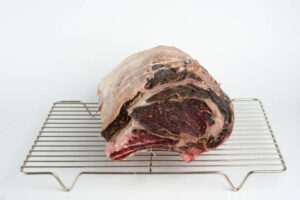
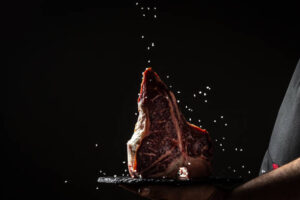
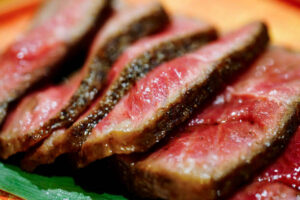 ble.
ble.






